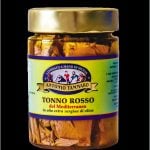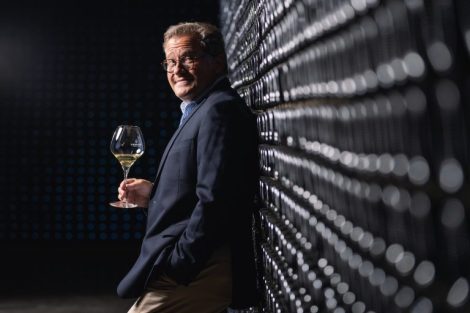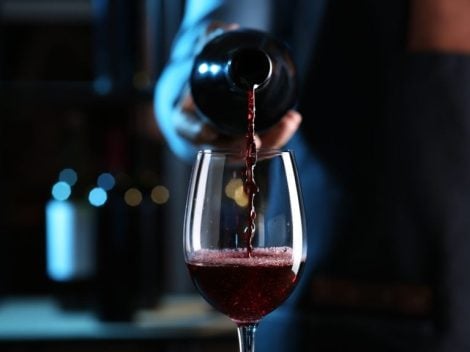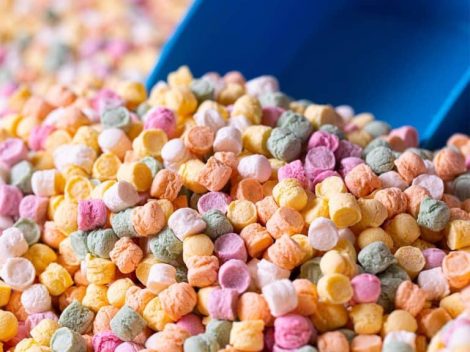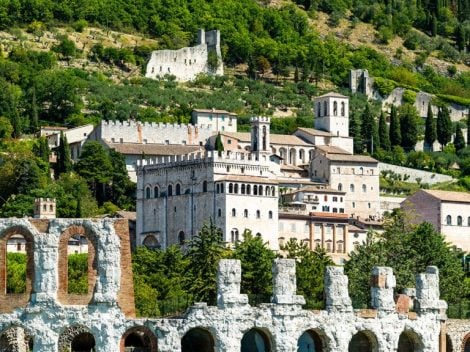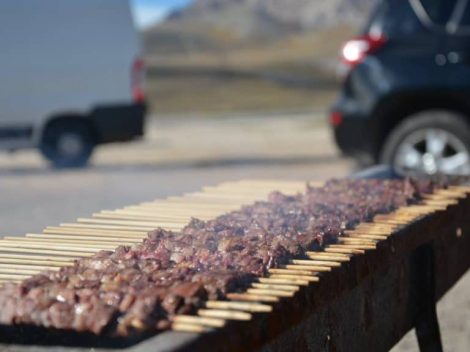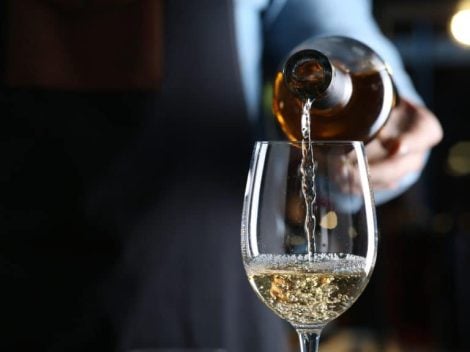Wine auctions serve as an excellent barometer for our world, reflecting the sentiments of investors and detailing the loves and disappointments of collectors always on the hunt for new bottles. The 2024 Grand Cru d'Italia Classification presented by Gelardini & Romani identifies the 30 most prestigious tricolored wine labels. This classification is based on the analysis of over 50,000 auction results recorded by the auction house since 2004, between its Rome and Hong Kong branches, where it has concentrated its core business. The classification is derived from the average Euro auction price of individual wines, considering unsold lots.
"In Hong Kong, we faced a communication challenge because, unlike the French, we couldn't rely on a clear Cru-based classification. So, we started with a classification in 5 classes, like Bordeaux, then extended to seven price ranges in increments of 100," explains CEO Raimondo Romani. The starting point is wines auctioned at 100 euros and above. While in 2009, the average prices of the most prestigious Italian wines were below 300 euros, today they comfortably exceed 700. It's noteworthy that among the 30 labels, there are only two white wines and no Metodo Classico.
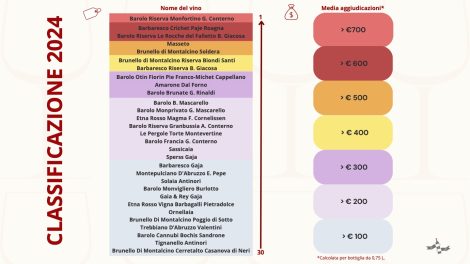
Monfortino reigns supreme
Regionally, the last 15 years have seen a clear Piedmontese dominance over Tuscany, a decline in Veneto, and the debut of wines from Abruzzo and Sicily. The national landscape in higher price ranges is finally expanding. In the highest range, above 700 euros, Barolo leads the pack. The Italian wine fetching the highest prices in international auctions is produced in Serralunga d'Alba: Giacomo Conterno's Monfortino, which has experienced steady and remarkable growth. The average auction price hovers around 900 euros. "Interestingly, the decision not to release the 2016 Monfortino has paid off because all previous vintages have appreciated, and investors have shifted to Barolo Francia, which has seen significant growth. Sometimes, I get more attention when I'm not there," Raimondo smiles.
Barbaresco Crichet Pajé by Roagna closely follows Monfortino in terms of quotes, with very few bottles becoming increasingly sought after, especially in Asia. Soldera's performance is curious – quotes were exceptionally high until 2006 when it was labeled as Brunello. "Even the label with a dragon helped in the Asian market, although it has struggled since it became labeled as Sangiovese," notes Raimondo. Staying in the Montalcino area, quotes for Biondi Santi's Brunello Riserva are rebounding after a drop before the French group's acquisition. The group successfully revitalized the image of one of Italy's iconic wine companies. Only one Amarone is on the list, Amarone del Forno, with prices remaining essentially stable since 2007, a rare case. "Quintarelli is not in the classification," explains Romani, "because the initial prices don't allow for revaluation on the secondary market. Similarly, Gaja's Sorì labels aren't included, as they usually fetch lower prices than their purchase prices, although Gaja's Barbaresco and the white Gaja & Rey perform very well."
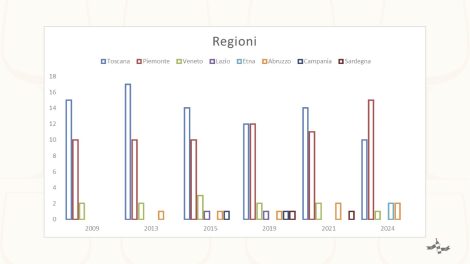
From Etna to Abruzzo, all the new entries
The notable entries in recent years come from traditionally less performing regions in international auctions. Etna makes a bold entrance with two labels – Vigna Barbagalli from Pietradolce and Magma from Cornelissen – fetching prices that were hard to imagine just a decade ago. Abruzzo shines thanks to Valentini's Trebbiano, the only Italian white in the ranking. Old vintages, especially the 1995, are gaining appreciation, with a recent auction reaching 350 euros. On the red front, Emidio Pepe's Montepulciano stands out, experiencing significant peaks for vintages from the '80s and '90s. "It's surprising to see how wines made from Italy's indigenous varieties – Nebbiolo, Sangiovese, and for the first time in 2024, Nerello Mascalese – excel around classic Supertuscan collectibles. It's truly a moment of pride for Italy," comments Asia's youngest Master of Wine, Sarah Heller.
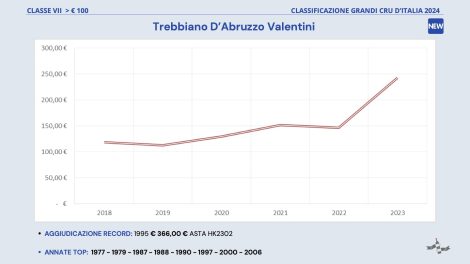
Price boom during the Covid Era
Looking at the graphs, the growth rates between 2020 and 2021 are impressive. During the pandemic, wine auctions experienced unprecedented and rapid acceleration, an unprecedented bullish speculation. Among the labels that have shown particularly brilliant performances are Barolo Monvigliero by Burlotto, Pergole Torte by Montevertine, Barolo Brunate by Rinaldi, and Bartolo Mascarello's Barolo. Tignanello performs very well, Solaia is recovering, Ornellaia and partly Masseto are holding steady. "In general," comments Romani, "Supertuscans are experiencing a bit of the Bordeaux crisis where prices are stagnant. If they don't increase, it's very difficult for collectors to reward Italian Bordeaux. It's a matter of competition."
However, Sassicaia's graph remains solid. The only vintages suffering a bit are those from the '70s, as enthusiasts seem to have doubts about their longevity. This is not the case for red labels, even very old ones by Bruno Giacosa. "Giacosa is one of the foremost references," explains our interlocutor. "The Asian market generally has a more delicate palate than the Anglo-Saxons; they prefer elegant, identity-driven, indigenous, single-varietal wines produced traditionally," concludes Raimondo.
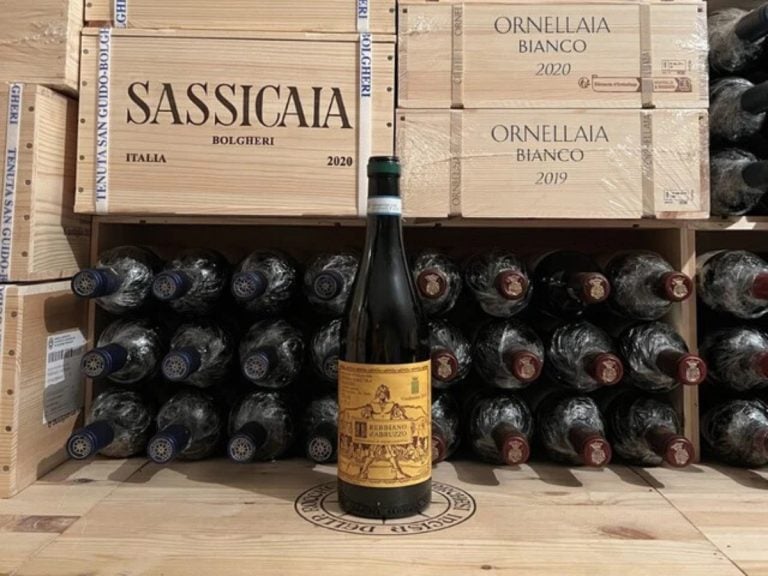
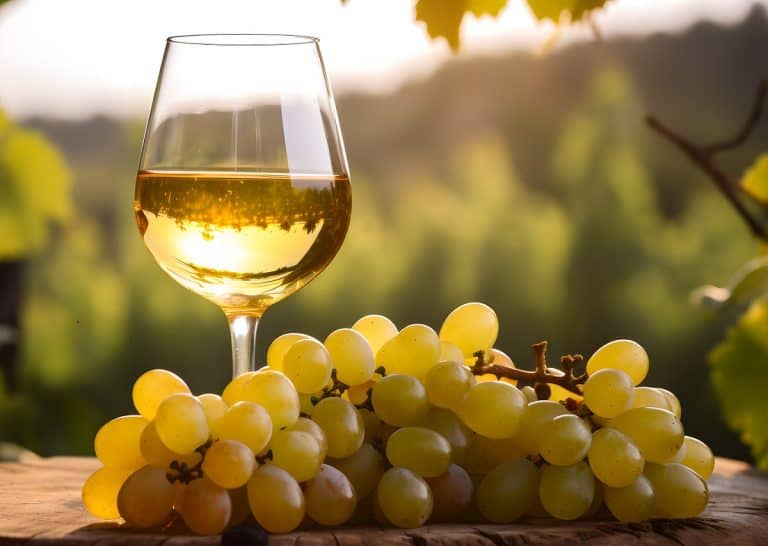 The 8 best Vitovska Wines from Friuli Venezia Giulia selected by Gambero Rosso
The 8 best Vitovska Wines from Friuli Venezia Giulia selected by Gambero Rosso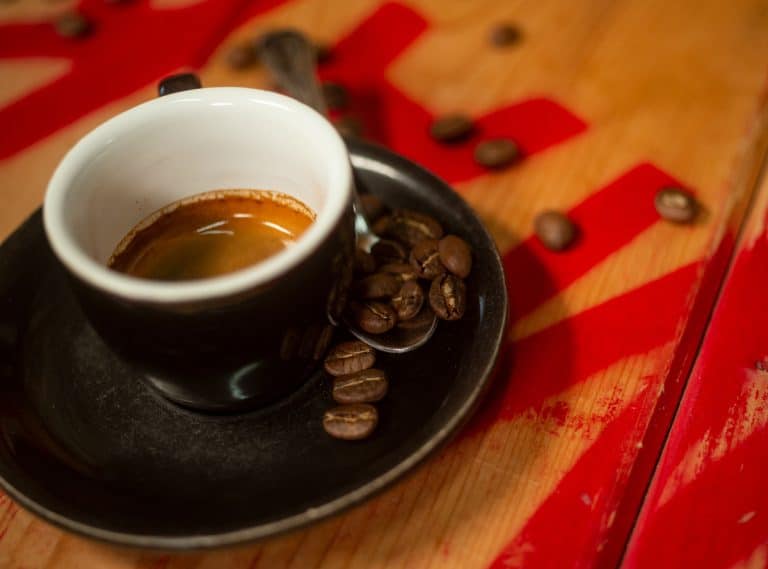 History of the hidden specialty coffee shop in an agricultural market in Rieti
History of the hidden specialty coffee shop in an agricultural market in Rieti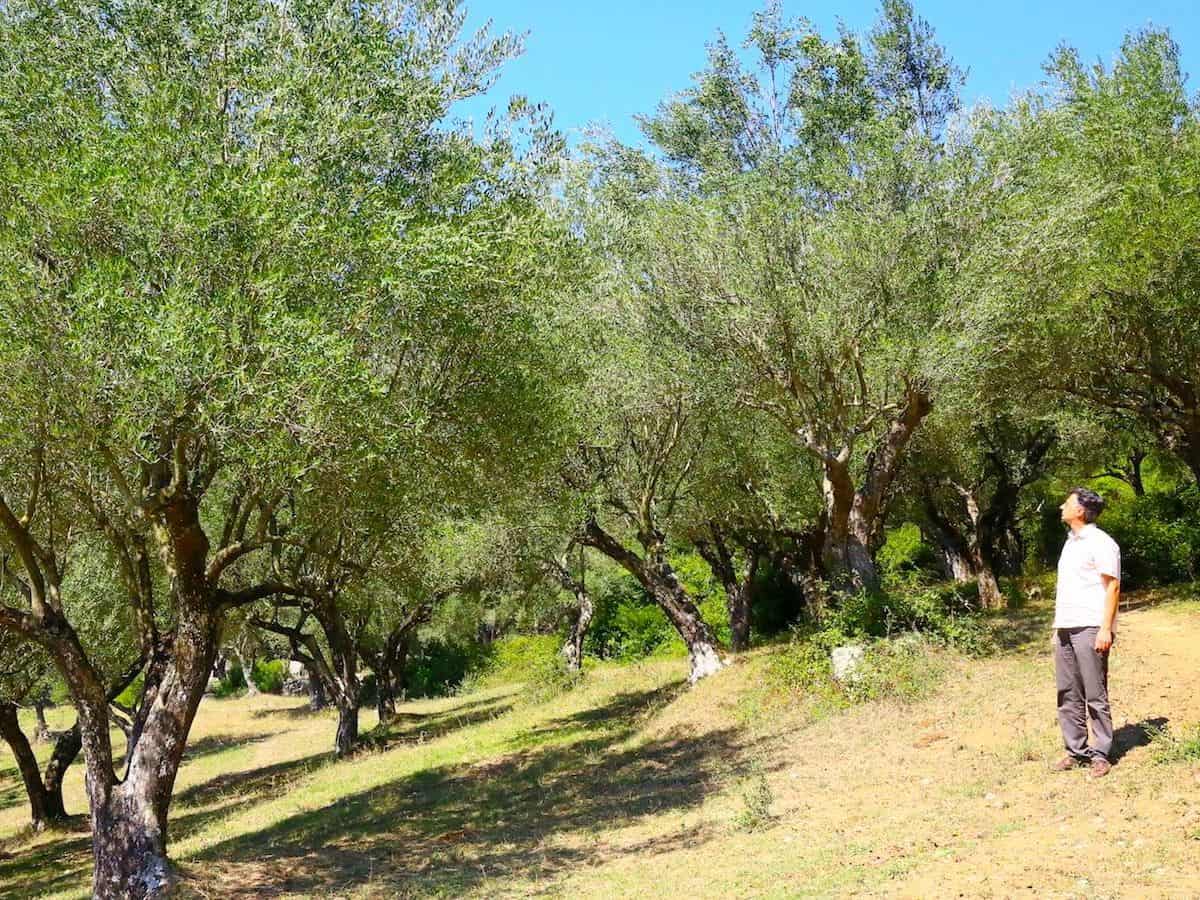 "For me, making olive oil is an act of pure selfishness." The story of the small olive press that has made Cilento great
"For me, making olive oil is an act of pure selfishness." The story of the small olive press that has made Cilento great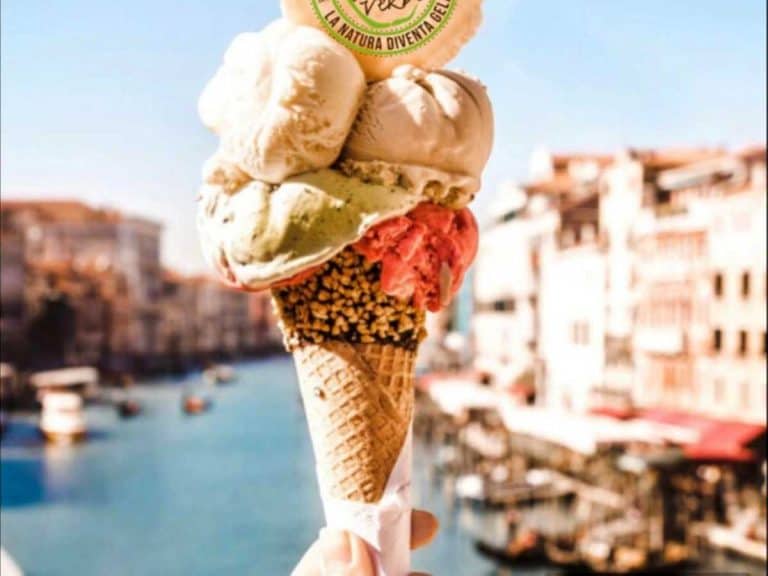 The best gelaterias in Venice chosen by Gambero Rosso
The best gelaterias in Venice chosen by Gambero Rosso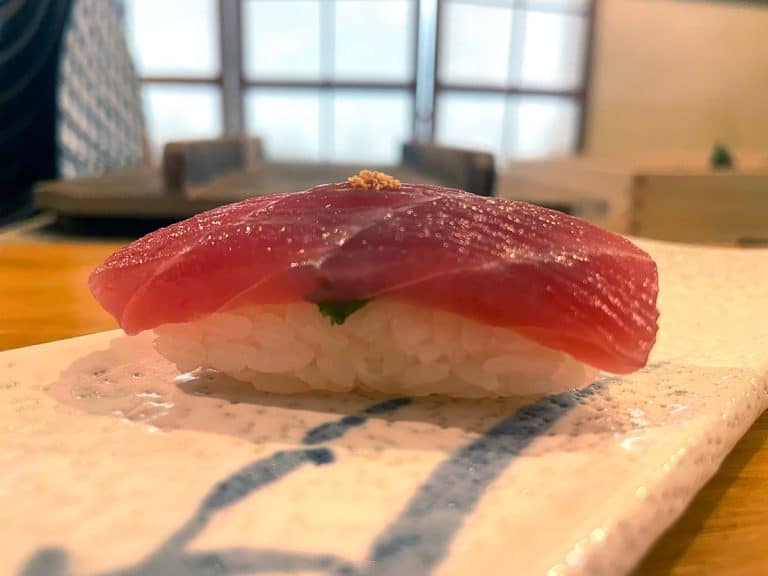 The small Japanese restaurant on the outskirts of Rome, perennially sold out
The small Japanese restaurant on the outskirts of Rome, perennially sold out